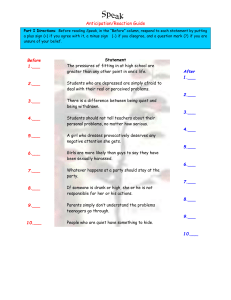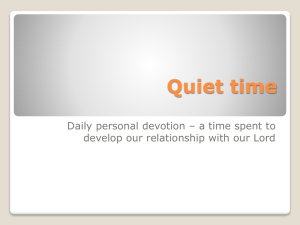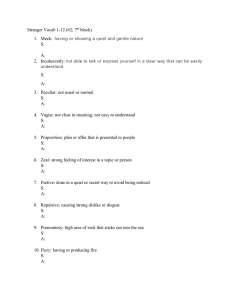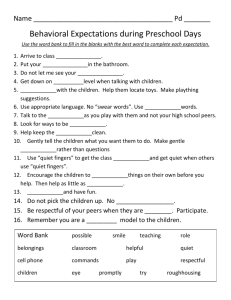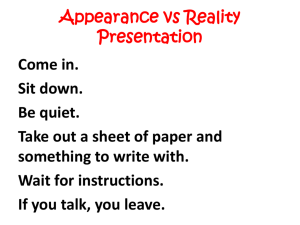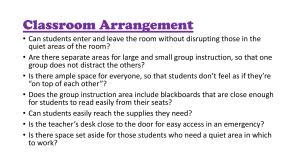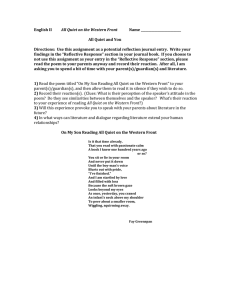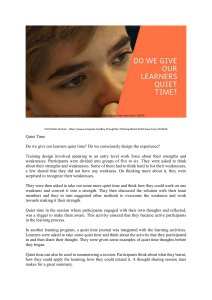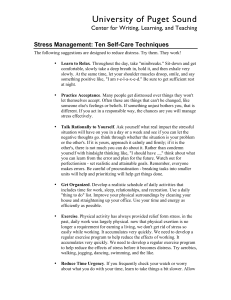Developing Responsible Learners Techniques Classroom Management
advertisement
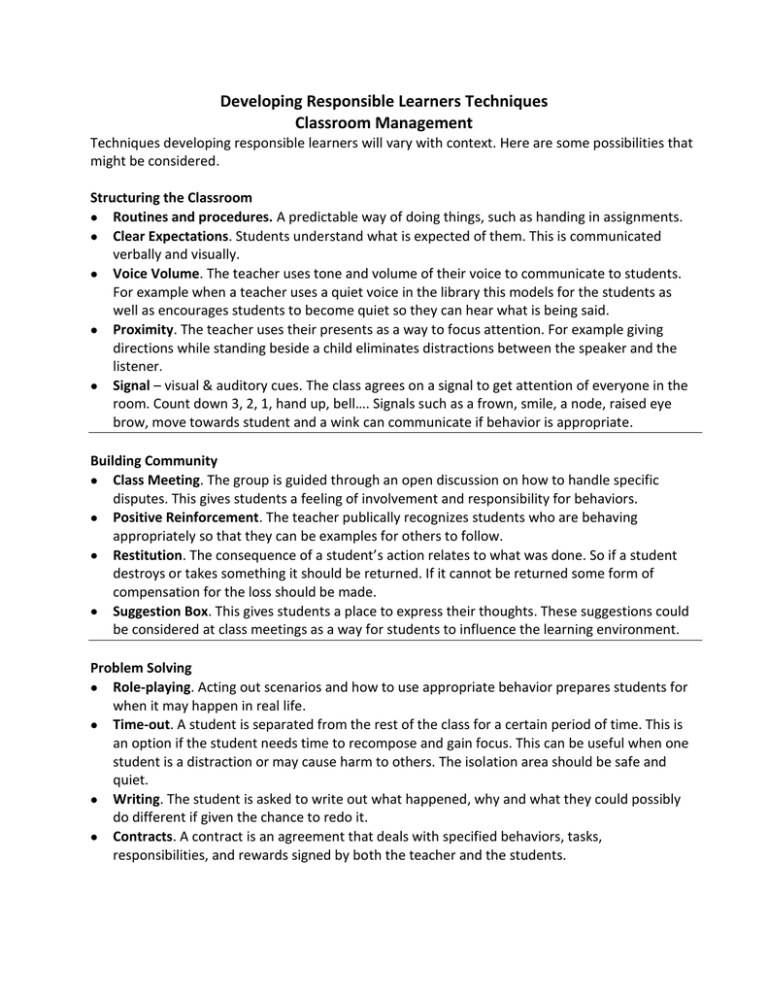
Developing Responsible Learners Techniques Classroom Management Techniques developing responsible learners will vary with context. Here are some possibilities that might be considered. Structuring the Classroom Routines and procedures. A predictable way of doing things, such as handing in assignments. Clear Expectations. Students understand what is expected of them. This is communicated verbally and visually. Voice Volume. The teacher uses tone and volume of their voice to communicate to students. For example when a teacher uses a quiet voice in the library this models for the students as well as encourages students to become quiet so they can hear what is being said. Proximity. The teacher uses their presents as a way to focus attention. For example giving directions while standing beside a child eliminates distractions between the speaker and the listener. Signal – visual & auditory cues. The class agrees on a signal to get attention of everyone in the room. Count down 3, 2, 1, hand up, bell…. Signals such as a frown, smile, a node, raised eye brow, move towards student and a wink can communicate if behavior is appropriate. Building Community Class Meeting. The group is guided through an open discussion on how to handle specific disputes. This gives students a feeling of involvement and responsibility for behaviors. Positive Reinforcement. The teacher publically recognizes students who are behaving appropriately so that they can be examples for others to follow. Restitution. The consequence of a student’s action relates to what was done. So if a student destroys or takes something it should be returned. If it cannot be returned some form of compensation for the loss should be made. Suggestion Box. This gives students a place to express their thoughts. These suggestions could be considered at class meetings as a way for students to influence the learning environment. Problem Solving Role-playing. Acting out scenarios and how to use appropriate behavior prepares students for when it may happen in real life. Time-out. A student is separated from the rest of the class for a certain period of time. This is an option if the student needs time to recompose and gain focus. This can be useful when one student is a distraction or may cause harm to others. The isolation area should be safe and quiet. Writing. The student is asked to write out what happened, why and what they could possibly do different if given the chance to redo it. Contracts. A contract is an agreement that deals with specified behaviors, tasks, responsibilities, and rewards signed by both the teacher and the students.
